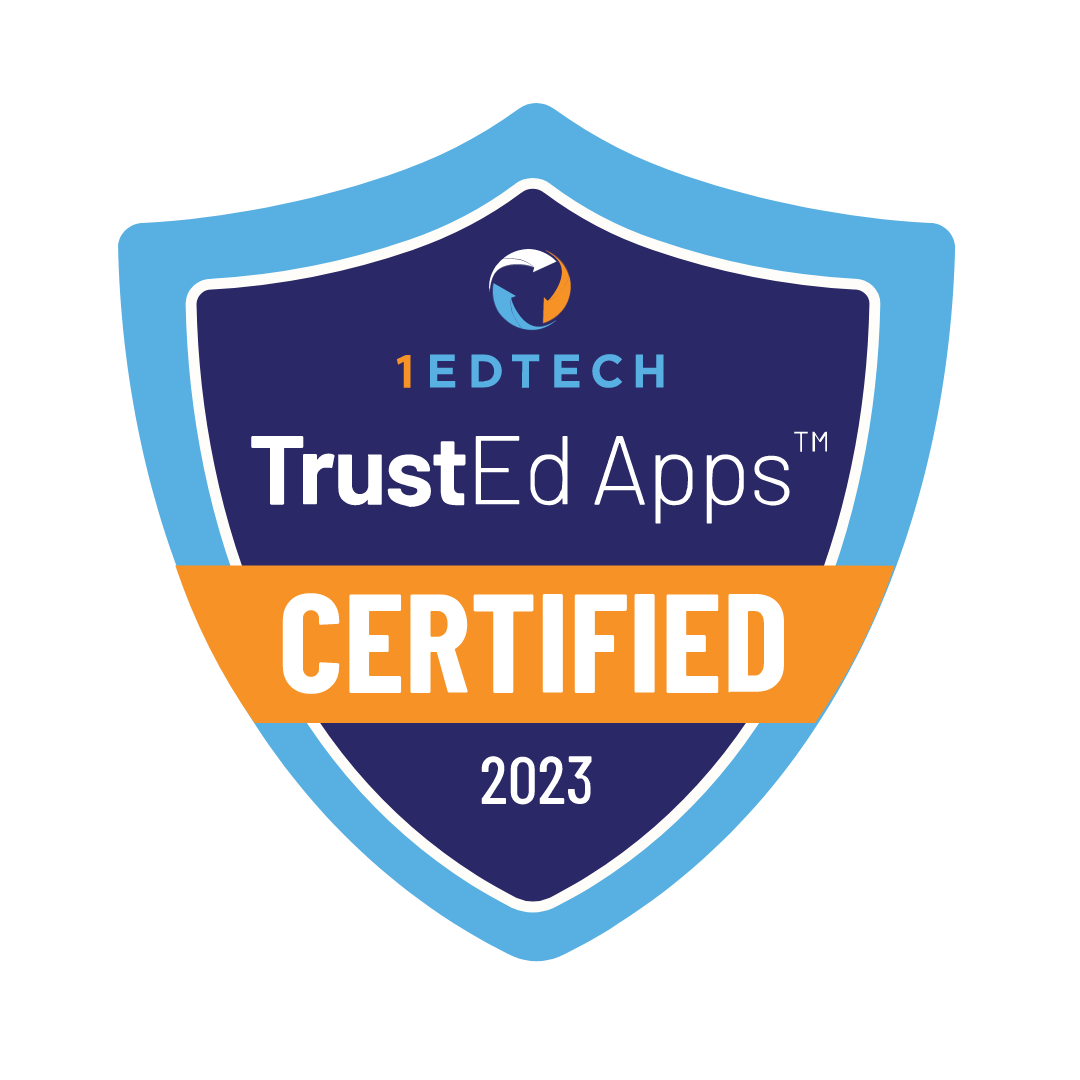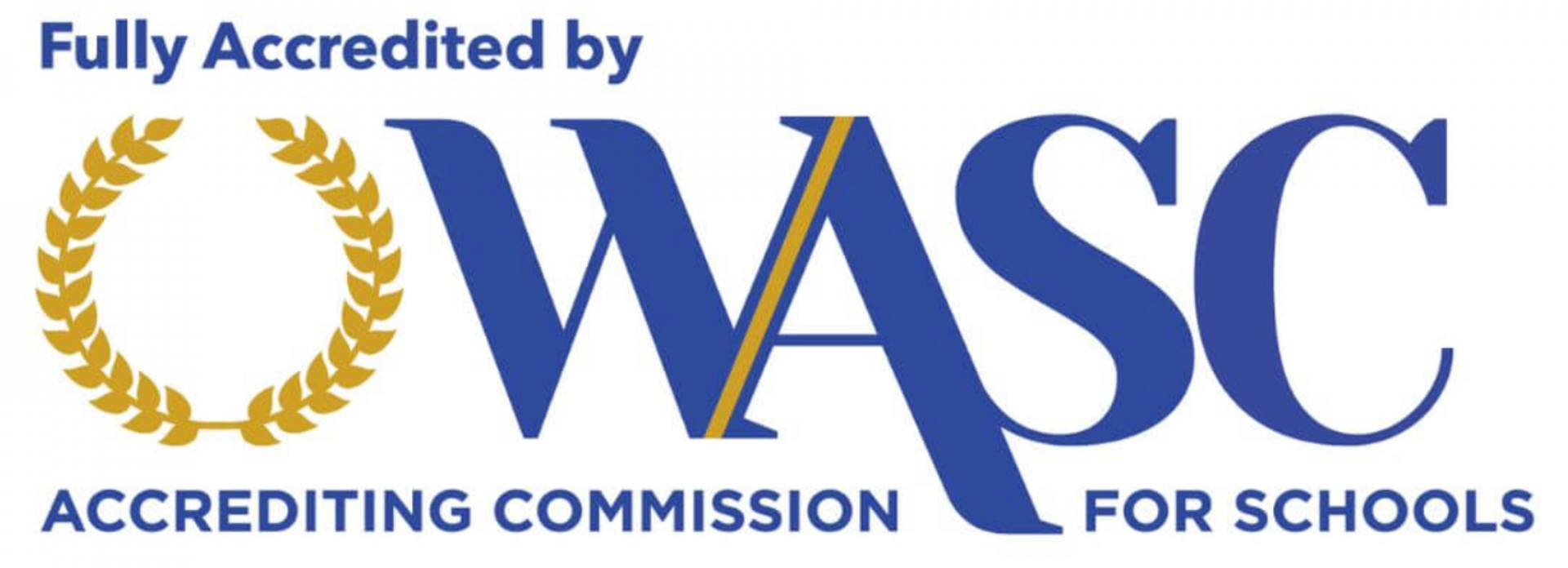The content of the publication
The General Educational Development (GED) tests have long been a beacon of hope for those who couldn’t complete their high school education. But is GED the only option? Let’s dive deep into the world of high school equivalency tests and explore the alternatives.
Introduction to GED
What is GED?
The GED tests are a set of four academic subject tests primarily taken in the United States and Canada. Passing these tests certifies that the taker has academic knowledge equivalent to a high school diploma. It’s an alternative for those who didn’t complete high school or meet the requirements for a high school diploma.
Importance of GED
The GED provides an opportunity for individuals to progress in their careers, pursue higher education, or simply achieve a personal milestone. It’s a testament to one’s determination and ability to acquire knowledge equivalent to high school graduates.
Why Look for Alternatives?
The General Educational Development (GED) test has been a staple for many individuals seeking to validate their high school-level academic skills. However, while it’s a valuable tool, it’s essential to understand its limitations and the perceptions surrounding it. This understanding can help potential test-takers make an informed decision about whether the GED is the right choice for them or if they should consider other alternatives.
Limitations of GED
Cost Implications
One of the primary concerns regarding the GED is its cost. The price for taking the GED test isn’t standardized across the board. It varies significantly from one state to another. In some states, the fees can be quite steep, making it a financial burden for individuals who might already be facing economic challenges. This variability in cost can deter many from pursuing the GED, especially when they compare it to other high school equivalency tests that might be more affordable in their region.
Accessibility and Inclusivity Issues
Another limitation is the GED’s accessibility in terms of language and format. While efforts have been made to make the GED available in multiple languages and formats, it still isn’t as inclusive as it could be. For instance, non-English speakers or those with specific disabilities might find it challenging to find a GED test that caters to their needs. This lack of inclusivity can be a significant barrier for many individuals who are eager to prove their academic prowess but are restricted by the available formats of the GED.
The Stigma Surrounding GED
Perceived Value of GED vs. Traditional Diplomas
Over the years, a certain stigma has developed around the GED. Some employers and educational institutions tend to view traditional high school diplomas as more “valuable” or “legitimate” compared to the GED. This perception, whether accurate or not, can impact GED holders’ opportunities in the job market or when applying for higher education.
The “Shortcut” Stereotype
There’s a prevailing belief among some that individuals who opt for the GED are looking for a “shortcut” to a high school equivalency credential. This stereotype can be detrimental, as it undermines the hard work, dedication, and genuine reasons many have for taking the GED. For many, the GED isn’t about taking the easy way out; it’s about overcoming personal, financial, or social challenges that prevented them from completing traditional high school.
In conclusion, while the GED is a valuable tool for many, it’s essential to be aware of its limitations and the perceptions surrounding it. Knowing these can help individuals make informed decisions about their educational paths and how to best position themselves for future opportunities.
Popular Alternatives to GED
In the realm of high school equivalency tests, the GED might be the most recognized name, but it’s not the only option available. Several alternatives offer similar validation of high school-level academic skills, each with its unique features, benefits, and potential drawbacks. Let’s delve deeper into some of the most popular alternatives to the GED.
HiSET (High School Equivalency Test)
Overview
The HiSET stands out as a prominent alternative to the GED. Developed by Educational Testing Service (ETS), it’s designed to measure the same core knowledge areas as the GED.
Structure and Content
While both the GED and HiSET aim to assess high school-level knowledge, they differ in their structure. The HiSET consists of five tests: Mathematics, Science, Social Studies, Reading, and Writing. This division allows test-takers to focus on specific subjects, potentially making the testing process less overwhelming.
Cost and Affordability
One of the significant advantages of the HiSET is its potential cost-effectiveness. In some states, the HiSET is more affordable than the GED, making it a preferred choice for individuals on a tight budget. However, prices can vary, so it’s essential to research the costs in your specific region.
TASC (Test Assessing Secondary Completion)
Overview
The TASC is another notable alternative to the GED. Developed by Data Recognition Corporation (DRC), it’s designed to be a flexible and accessible option for those seeking a high school equivalency credential.
Structure and Content
In terms of content, the TASC is quite similar to both the GED and HiSET. It covers Mathematics, Science, Social Studies, Reading, and Writing. However, its format might differ, offering both computer-based and paper-based testing options.
Cost and Pricing
The pricing structure for the TASC can vary based on the state and testing center. In some regions, the TASC might be more affordable than the GED, while in others, the costs might be comparable. It’s crucial to compare prices and see which test offers the best value for your investment.
Adult High School Completion Programs
Overview
Beyond standardized tests, some states offer Adult High School Completion programs. These programs are designed for adults who missed out on completing their traditional high school education.
How It Works
Instead of taking a single test, participants in these programs complete the necessary coursework to earn their high school diplomas. This approach can be beneficial for those who prefer a structured learning environment and the experience of going through different subjects in-depth.
States Offering the Program
While several states offer these programs, Utah stands out as a notable example. The state provides adults with the opportunity to finish their high school education, ensuring they have the knowledge and skills equivalent to traditional high school graduates.
In conclusion, while the GED is a valuable and recognized high school equivalency test, it’s not the only path available. Depending on individual needs, preferences, and circumstances, the HiSET, TASC, or Adult High School Completion programs might be more suitable alternatives. It’s essential to research each option thoroughly and choose the one that aligns best with your goals and aspirations.
Comparing GED with its Alternatives
The journey to obtaining a high school equivalency credential can be a pivotal moment in an individual’s life. While the GED is a well-known option, it’s essential to understand how it stacks up against its alternatives, namely the HiSET and TASC. Let’s dive deeper into the comparison, focusing on eligibility, costs, recognition, and acceptance.
Eligibility and Costs
GED Eligibility and Costs
The GED is typically available to individuals who are at least 16 years old and are not currently enrolled in a high school. However, this age requirement can vary based on state regulations. Some states might have a higher age threshold or additional stipulations, such as requiring the individual to be out of high school for a certain period.
When it comes to costs, the GED’s pricing structure is not uniform across the board. Some states, recognizing the importance of making education accessible, might subsidize the test, offering it for free or at a reduced cost. In contrast, others might charge a fee, which can sometimes be substantial.
HiSET and TASC Eligibility and Costs
Like the GED, both the HiSET and TASC have age requirements, typically starting at 16 years. However, specific eligibility criteria can vary based on the state or testing center. It’s crucial to check local regulations to ensure you meet the requirements.
In terms of costs, both the HiSET and TASC might offer more competitive pricing in certain regions compared to the GED. The exact price can vary, but in some cases, these tests might be more affordable, especially when considering additional retake fees or bundled preparation materials.
Recognition and Acceptance
GED Recognition
The GED is widely recognized across the United States and even internationally. Most government institutions, colleges, and universities view the GED as equivalent to a traditional high school diploma. This recognition allows GED holders to pursue higher education, apply for jobs requiring a high school diploma, and even enlist in the military.
HiSET and TASC Recognition
The HiSET and TASC, while perhaps not as universally recognized as the GED, still hold significant weight. Most educational institutions and government bodies accept these credentials as equivalent to a high school diploma. This acceptance ensures that individuals who opt for the HiSET or TASC have similar opportunities as GED holders.
Employer and Institutional Biases
While the GED, HiSET, and TASC are all designed to validate high school-level academic skills, biases can exist. Some employers or educational institutions might have a preference for one credential over the others. This preference can be based on personal experiences, misconceptions, or regional popularity of a particular test. It’s essential to be aware of these biases, especially when considering future career or educational paths.
Conclusion
Making the Right Choice
Choosing between the GED and its alternatives boils down to individual circumstances. Consider factors like cost, location, format, and how the certification is perceived in your desired field or institution. Remember, the goal is to open doors to opportunities, so choose the path that aligns best with your aspirations.







